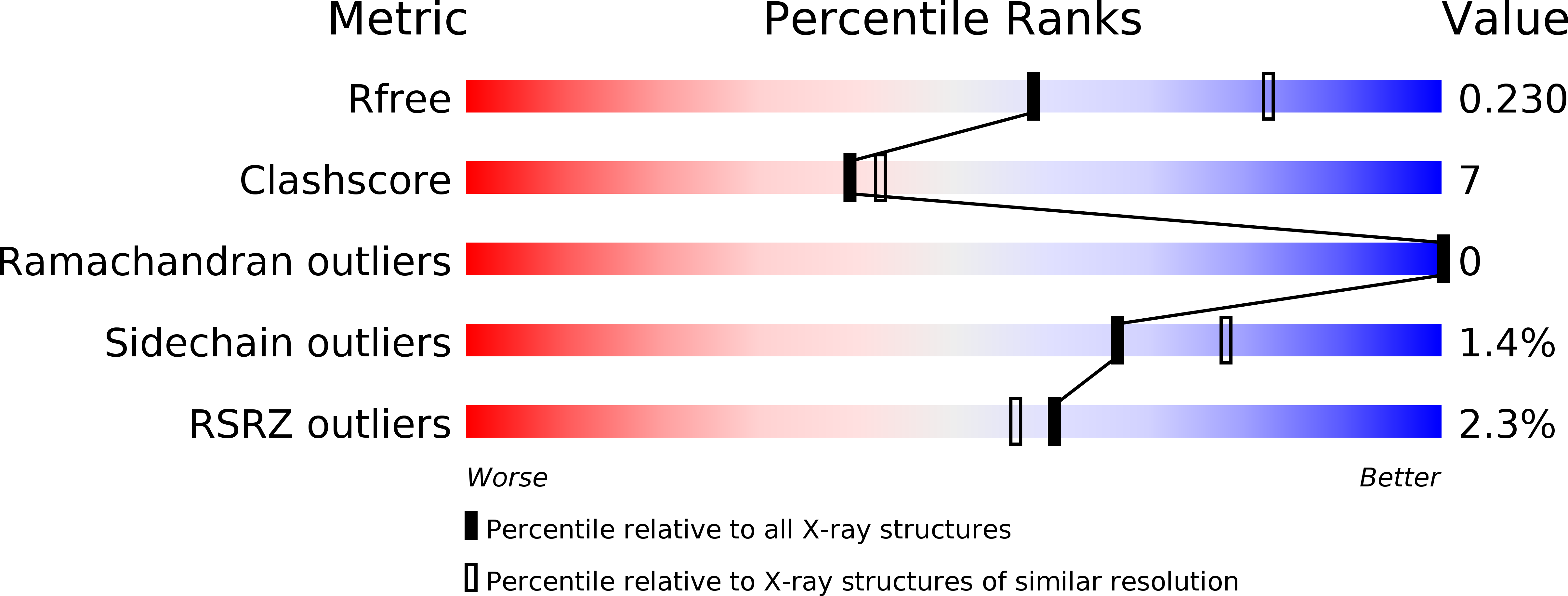
Deposition Date
2015-11-06
Release Date
2016-06-01
Last Version Date
2024-01-10
Entry Detail
Biological Source:
Source Organism:
HOMO SAPIENS (Taxon ID: 9606)
MUS MUSCULUS (Taxon ID: 10090)
MUS MUSCULUS (Taxon ID: 10090)
Host Organism:
Method Details:
Experimental Method:
Resolution:
2.43 Å
R-Value Free:
0.21
R-Value Work:
0.17
R-Value Observed:
0.18
Space Group:
P 61 2 2


